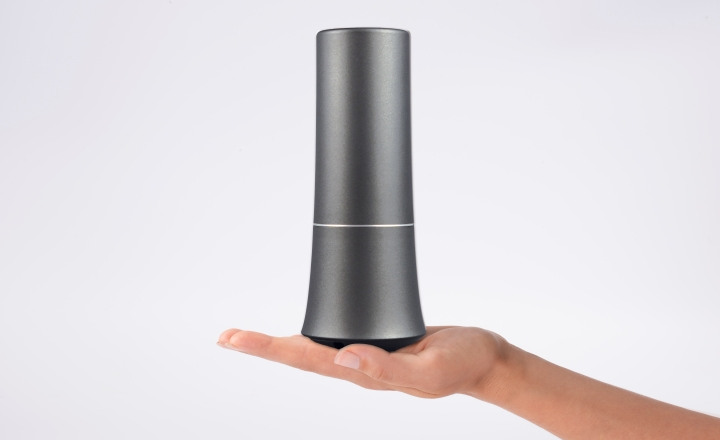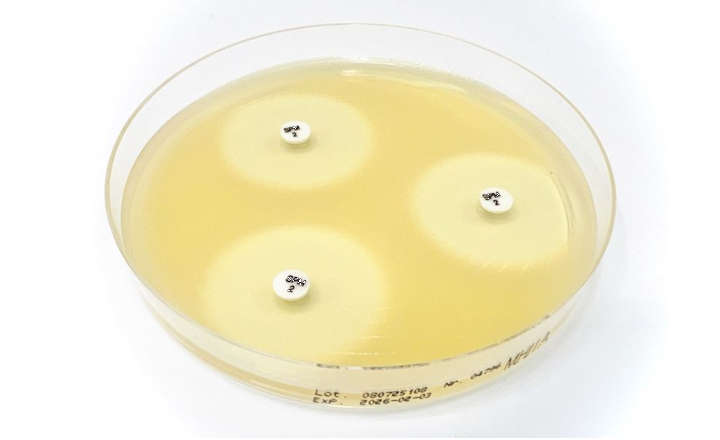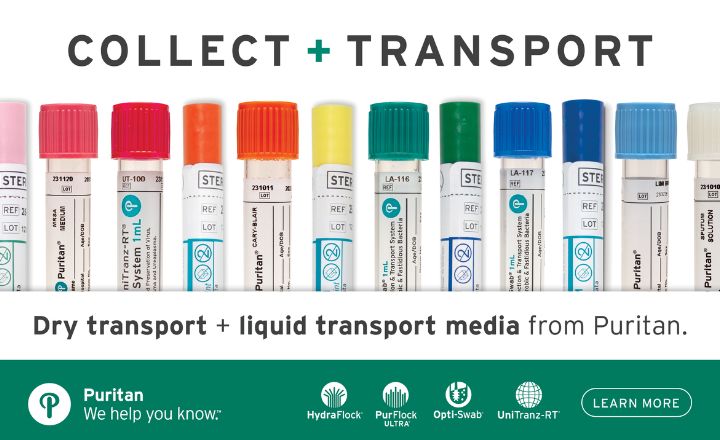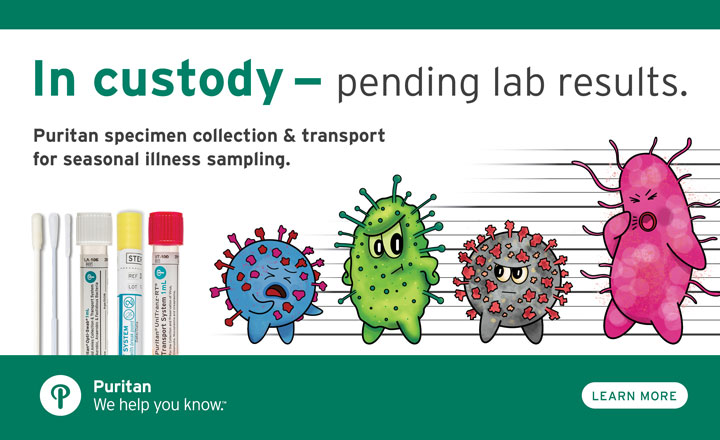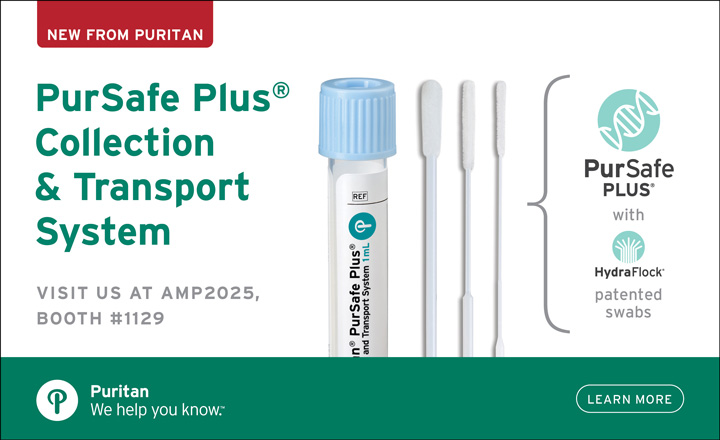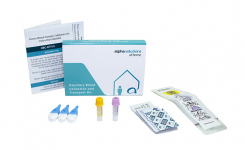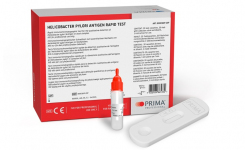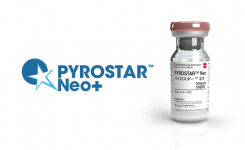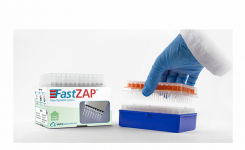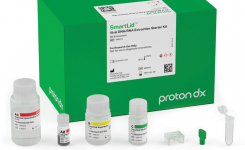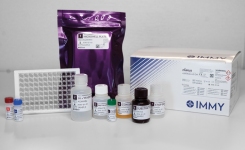It’s Time to Ditch Dipsticks
One of the most commonly used IVD diagnostic tests is the urine dipstick for urinalysis. These dipsticks test for different substances in urine, such as blood, glucose, protein, nitrites, and leukocytes, as indicators of infection and/or other conditions. The strips are dipped into the urine sample provided by the patient and the colour changes compared to a chart on the outside of the container.
Testing is performed anywhere and everywhere. However, the problem is that the accuracy of urinalysis depends upon the integrity of the test strips used, as well as many human factors. False-positive and false-negative results are not unusual in dipstick urinalysis, regardless of brand. Results are also not always recorded on patient records. Automated readers also suffer from dipstick failures and are prone to cross-contamination. Essentially, current POCT urinalysis systems have the same failure point in common - the dipstick. Now it's time for something completely different.
Around 10 years ago, a multi-award-winning Industrial Designer injured his shoulder. He went to the GP and what ensued was calamitous; the GP knocked a urine sample over and drenched their keyboard. With this simple moment of inspiration, this patient went on to design the urine testing system (UTS™) with three key messages: no dips, no drips, no doubt. With its solution-based dipstick-free design, and an analyser that’s the size of a 500ml bottle, UTS is a highly innovate advance in urinalysis and is truly point of care.
Manufactured by Clinical Design Technologies Ltd. (Devon, UK) and supplied by Alpha Laboratories Ltd. (Hampshire, UK), UTS is designed to deliver fast, Right First Time urinalysis results, streamlining the testing process and providing healthcare professionals with accurate and reliable data. Its advanced technology ensures precise results, empowering informed decision-making, enhancing clinical outcomes, and optimising resource allocation. This not only improves multiple patient care pathways but also offers cost efficiencies, releasing valuable time and resources for healthcare practitioners.
To learn more about UTS or for information on how to ditch the dipstick, click here.


